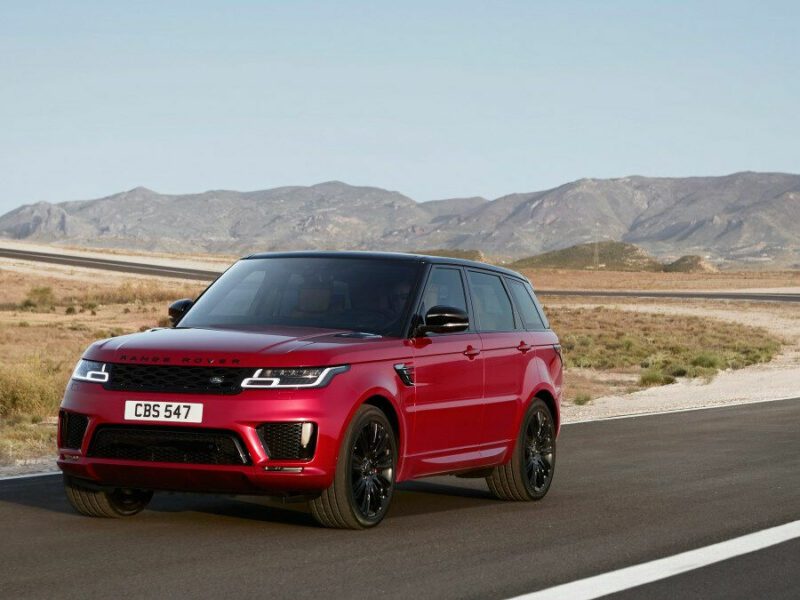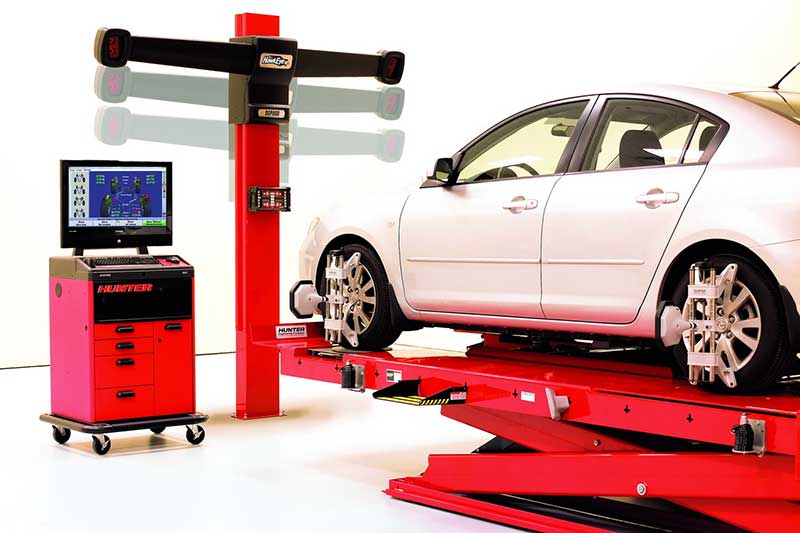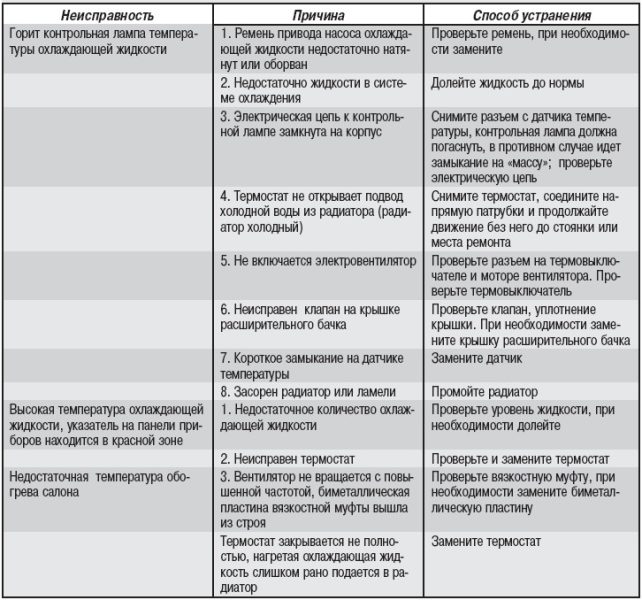
We drove: Range Rover
This is what most third-generation Range Rover owners want. So to say: the designers were faced with the task of improving the third generation, but not changing it. Raise it to a level worthy of the times to come, but not spoil or even abolish its typical properties, starting, of course, with its appearance.
Standing side by side with the third generation and the new, fourth generation, everyone will immediately notice significant differences, which is not an easy task. This, of course, means that the designers have achieved what the owners wanted from them or, as a result, what the Landrover bosses demanded. However, since the design also has to include all of the usability, safety, ride quality and more, it makes sense that the fourth generation technically began to "build" on a white sheet of paper.
The plan of the new Range is very similar to the previous one, but the new one is two centimeters lower to facilitate air penetration. It has grown by 27 millimeters in length, which is still shorter than the A8 and 7 Series, but thanks to the clever interior design, it gained almost 12 centimeters of length in the back seat. This has also been greatly aided by the 40mm crotch enlargement, which always has a direct impact on increasing wiggle room in interior design.
There, current owners will feel right at home: for clean, simple shapes dominated by horizontal and vertical touches, but also, of course, for the materials used, which Land Rover does not skimp on quality. In any case, most will be thrilled because they have halved the number of buttons, and even more so because of all competitors, they measured the new Range for the lowest noise level due to rolling and the second largest due to wind. ... Well, even for the excellent Meridian (sound system up to 1,7 kilowatts and up to 29 speakers), it seems to have found a suitable place for itself and is one of the standards of sound quality in cars.
They don't talk much about LR's competitors, but if they do, they prefer to touch - believe it or not - limousines. In this world of expensive and prestigious SUVs, customers vacillate (for example) between Bentley and Range Rover, especially on the island. The new Range perfectly hides its off-road inside, as it hasn't had any levers to indicate its technical design for a long time, and after all, the interior looks very British - with heavy emphasis on lacing. For now, the recipe is working, as the last 12 months have been the most successful for Land Rover, and this year alone, they achieved a (globally) 46 percent better sales result than the same period last year.
Non-participants will consider this a great technical achievement, and competitors will have a headache for some time: the new RR is overall lighter by 420 kilograms - that's the same weight as five adults. Aluminum is to blame for everything - most of the body is made of it, as well as the chassis and (formerly) engines. Supposedly its body is 23 kilograms lighter than the 3 Series and 85 kilograms lighter than the Q5! There are also new merging procedures and other inventions between the lines, and the fact is that the new RR is much lighter, more manageable and less bulky compared to the third generation behind the wheel. But the numbers also show that the new V6 diesel RR is just as powerful as the previous V8 diesel, but much more economical and cleaner.
One is not complete without the other. The self-supporting body is equipped with lightweight axles of the same geometry as the limousines, with the difference that they allow the wheels to move extremely long - up to 597 millimeters (the sum of the front and rear wheels)! More than 100 more than similar products in mainland Europe. The bottom end is now 13mm further off the ground (296mm total) and the chassis can now be mounted at five different heights (previously four). Combined with fifth-generation air suspension and a new generation of innovative Terrain Response electronic support system (new in its ability to automatically adapt to different terrains), this thing is extremely effective in the field. And since the air they need to breathe is captured by the engines from the interspace of the hood, they managed to increase the allowable depth of water fermentation to almost a meter! It's true that some of the tires didn't hold up at the inauguration (and given the shape of the ground, it seemed a bit bigger), but the RR rode flawlessly with no effort, from the roar of a roaring river, fast dune crossing, and slow transition. overcoming stony slopes due to the dynamic winding movement at medium speeds on a country road to a completely leisurely 250 kilometers per hour on a freeway. Gerry McGovern, the original owner of Land Rover, coldly remarked in English before dinner: "It's the typical Range Rover duality: from opera to rock." He confidently continues: “We don’t make cars that people want. but the way people want.”
In any case, they know how to adapt it to individual tastes: before the customer decides on the engine and equipment, he has to choose between 18 combinations, from 16 interior color themes and the possibility of two luxurious rear seats via Roof color and panoramic window options. It has up to seven wheels ranging from 19 to 22 inches.
The experience is confirmed: the previous owners were satisfied. With the new one, it will be even more so.
Text and photo: Vinko Kernc
Area numbers:
Approach angle 34,5 degrees
Transition angle 28,3 degrees
Exit angle 29,5 degrees
Ground clearance 296 mm
The permissible water depth is 900 millimeters.

